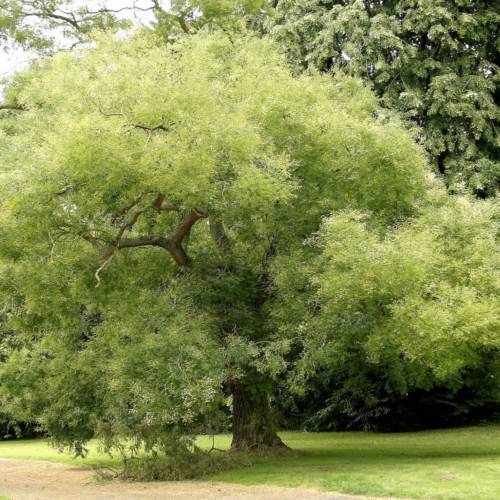
Japanese pagoda tree
Styphnolobium japonicum
Cycle:
Perennial
Watering:
Average
Hardiness Zone:
4 - 8
Flowers:
Flowers
Sun:
Full sun,part shade
Fruits:
Fruits Ready In Fall
Leaf:
Yes
Growth Rate:
High
Maintenance:
Low
Drought Tolerant:
Yes
Salt Tolerant:
Yes
Invasive:
Yes
Care Level:
Medium
watering
For optimal growth and health, the Japanese pagoda tree should be watered deeply at least once a week, providing between 10-20 gallons of water for a mature tree. When watering the tree, it is important to apply the water evenly around the outer edge of the canopy and allow the water to seep down at least 8-10 inches into the soil. With dry weather periods, it is especially important to water the Japanese pagoda tree more frequently.
sunlight
Japanese pagoda trees need at least 6 hours of direct sunlight per day, ideally spread out in 2-hour increments throughout the day. During the summer months, the tree prefers to be in partial shade, while in the winter months, it may need more light to stay healthy.
pruning
Japanese pagoda tree should be pruned in early spring, when the buds begin to swell. Pruning should be limited to removing dead or diseased branches, or lightly removing excess branches and suckers. Heavier pruning is not recommended as it can damage or even kill the tree. Avoid pruning any stems that are more than 2 years old as they may not re-sprout.
